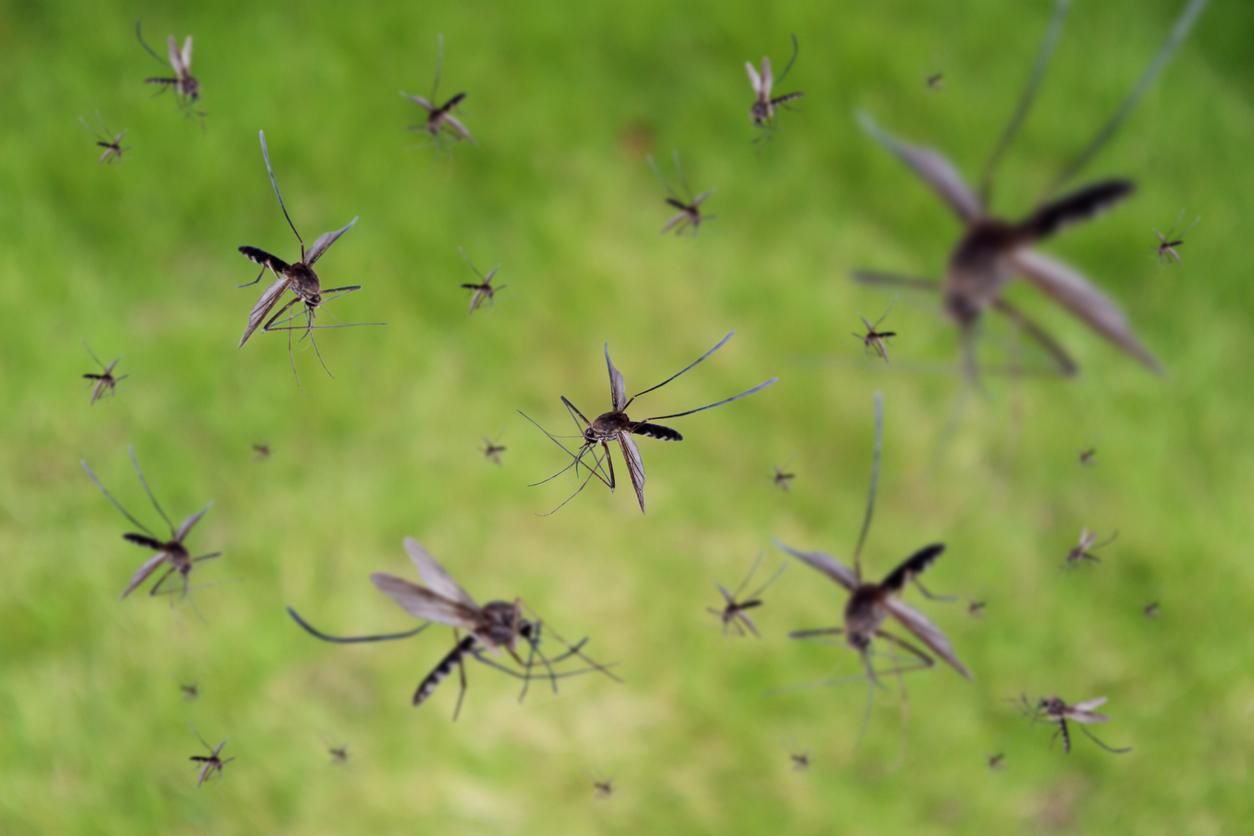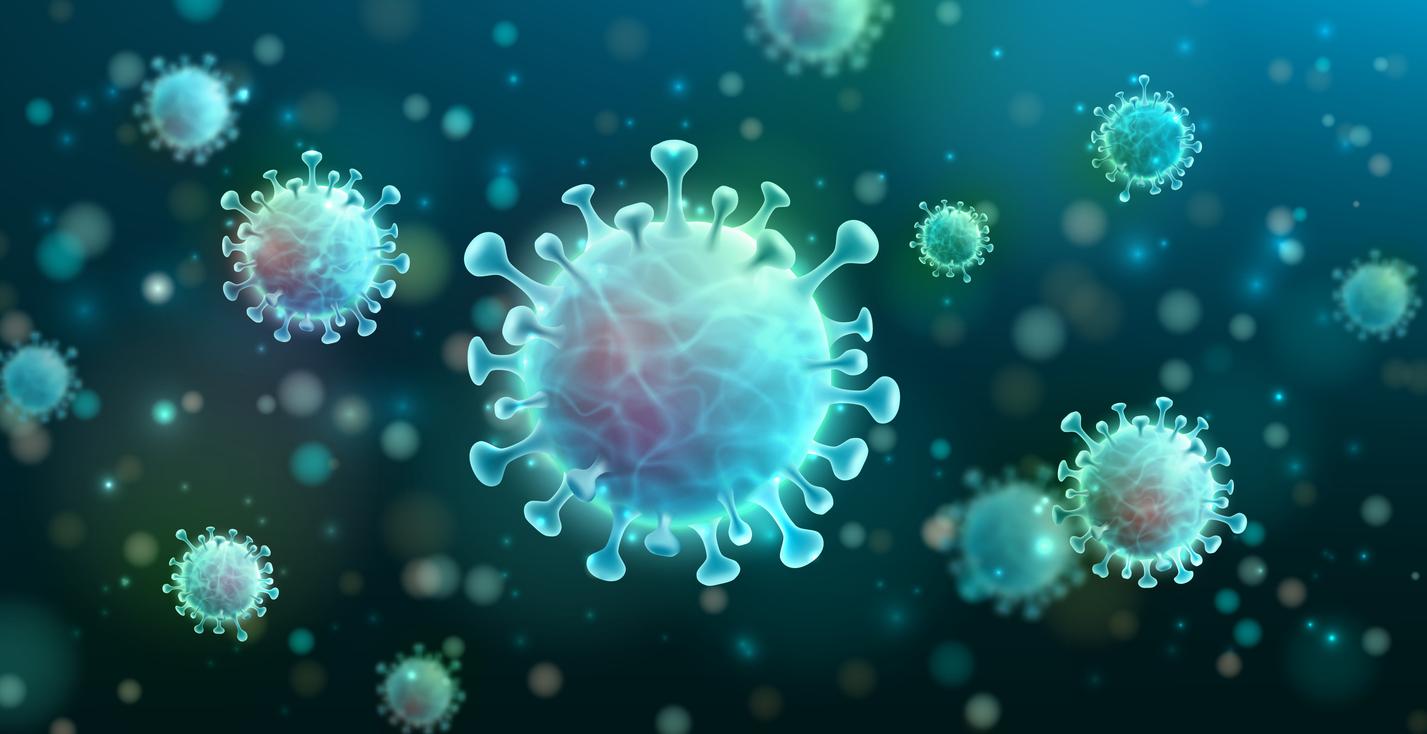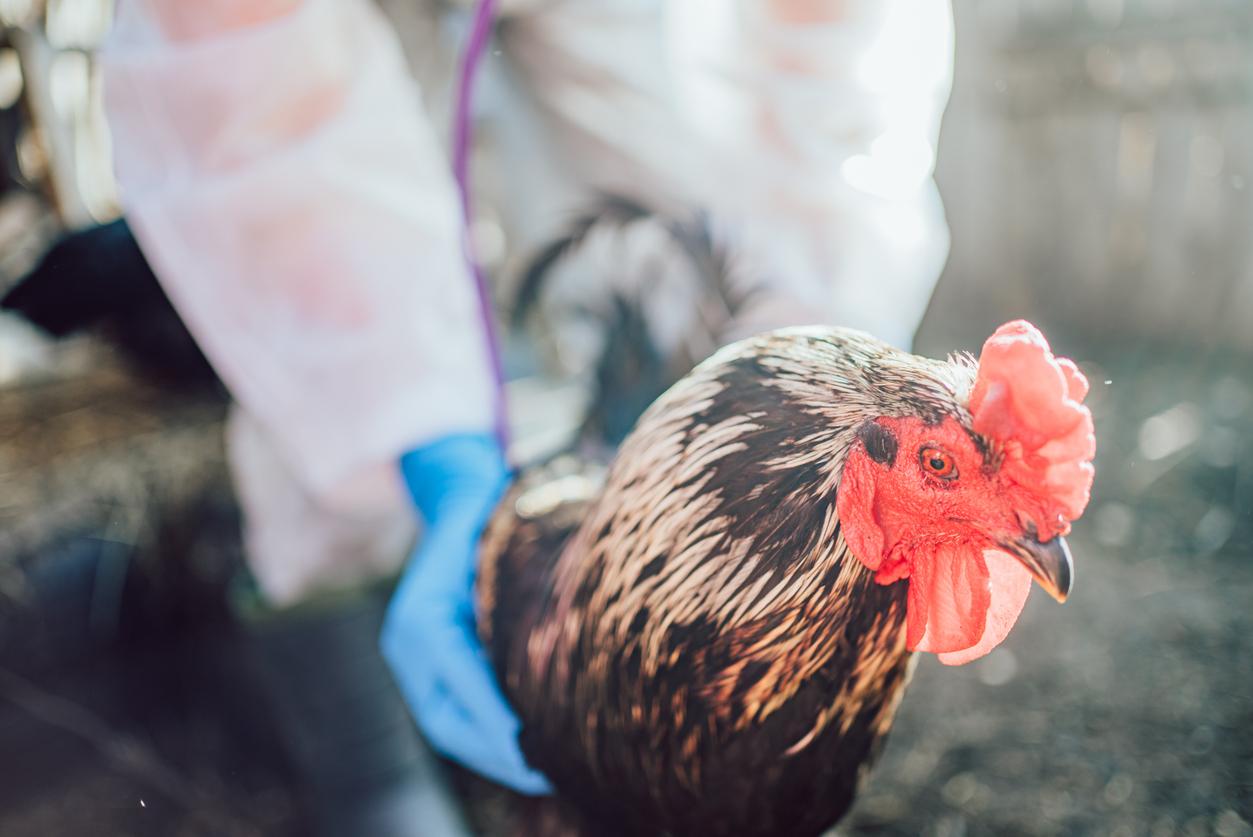The melting of glaciers, caused by global warming, could release viruses, hitherto trapped in the ice, and infect new hosts in the Arctic.

- Virus spillover occurs when a virus infects a new host for the first time.
- The authors are now developing a method to understand whether the viruses identified differ from those known from databases.
The abrupt and rapid acceleration of the disappearance of Arctic glaciers increases the risk of viral spread, according to scientists from the University of Ottawa in Canada. To reach this conclusion, they conducted a study published in the journal Proceedings of the Royal Society B.
Epidemic: an algorithm to determine the risk of viral spread
As part of this work, the researchers collected samples from Lake Hazen, the largest Arctic freshwater lake, to characterize its viral ecosystem and verify how the risk of viral spread is affected by melting glaciers. “We used DNA and RNA sequencing to reconstruct the virosphere (the part of the biosphere that is made up of all the viruses) of the lake in its sediments and soils”, said the team, which developed an algorithm to determine the risk of viral spread.
“The Arctic could become a breeding ground for emerging pandemics”
According to the results, the melting of the ice, caused by global warming, can release viruses and bacteria potentially dangerous to human beings. “If climate change were to also shift species and viral reservoir ranges northward, the Arctic could become a breeding ground for emerging pandemics,” can we read in the searches.
A “viral overflow” from the Arctic
According to Stéphane Aris-Brosou, author of the study, the results could present a scenario similar to that of the emergence of Ebola and Sars-CoV-2, with a “repeated exposure to new hosts lacking immunity to these viruses”. “The risk of viral spillover increases in lake sediments from a High Arctic lake, an environment that is already warming faster than the rest of the world. We believe that these types of analyzes should be continued through monitoring tools in order to mitigate the potential effects that overflows could have in the future”, concluded the researcher in a statement.
















